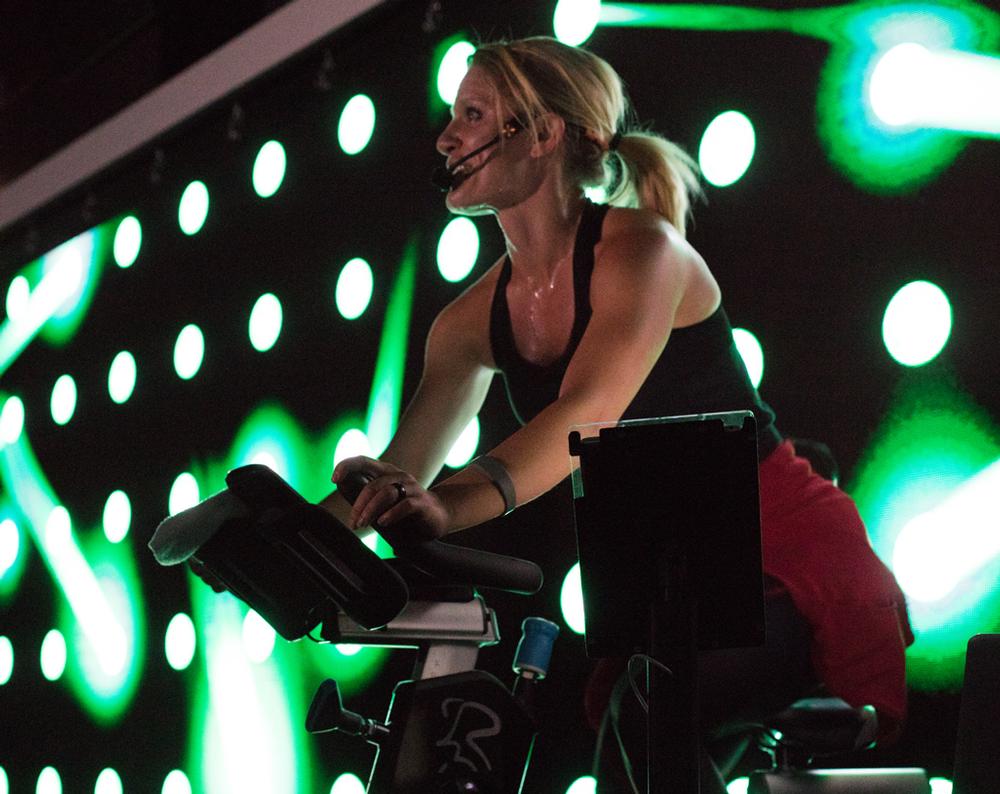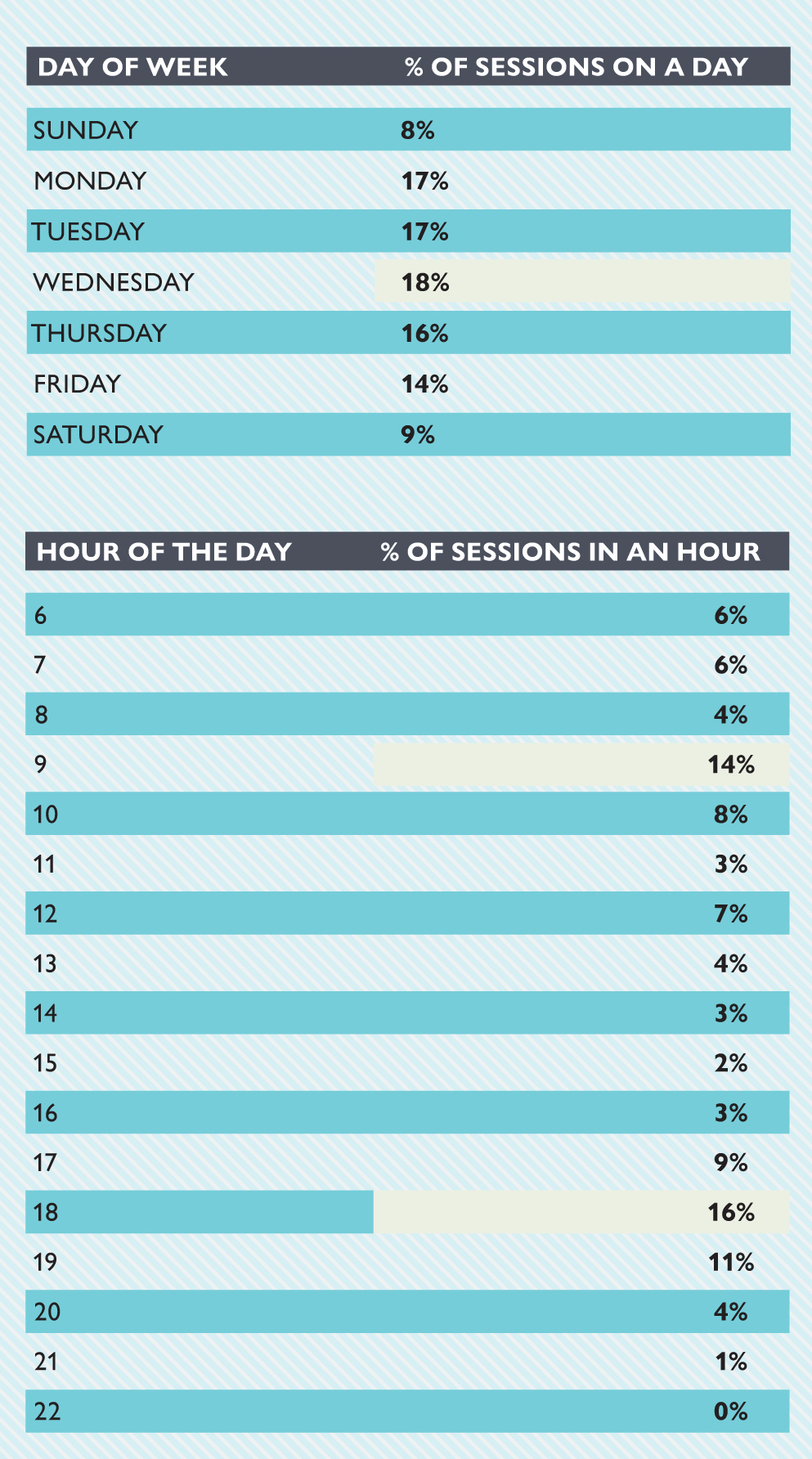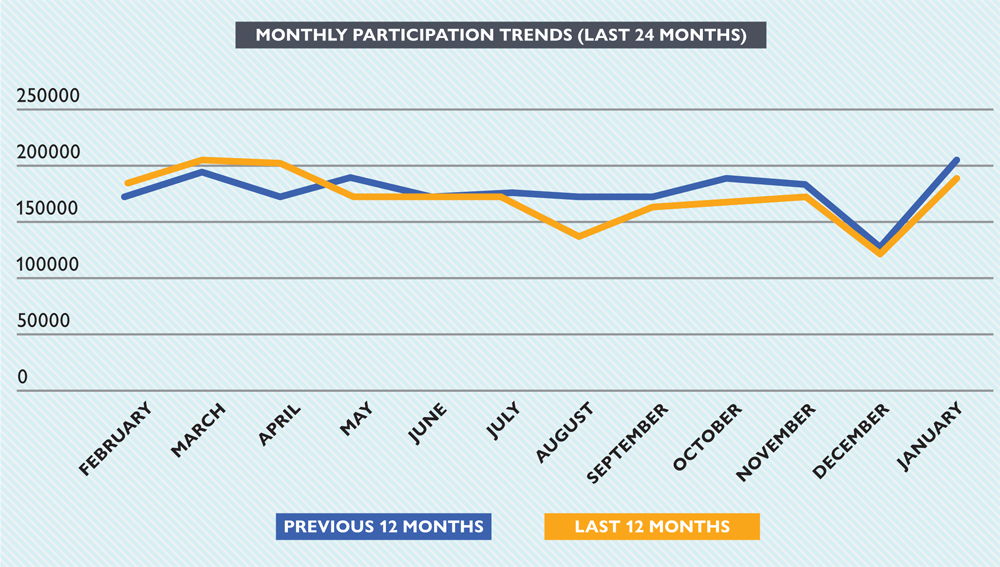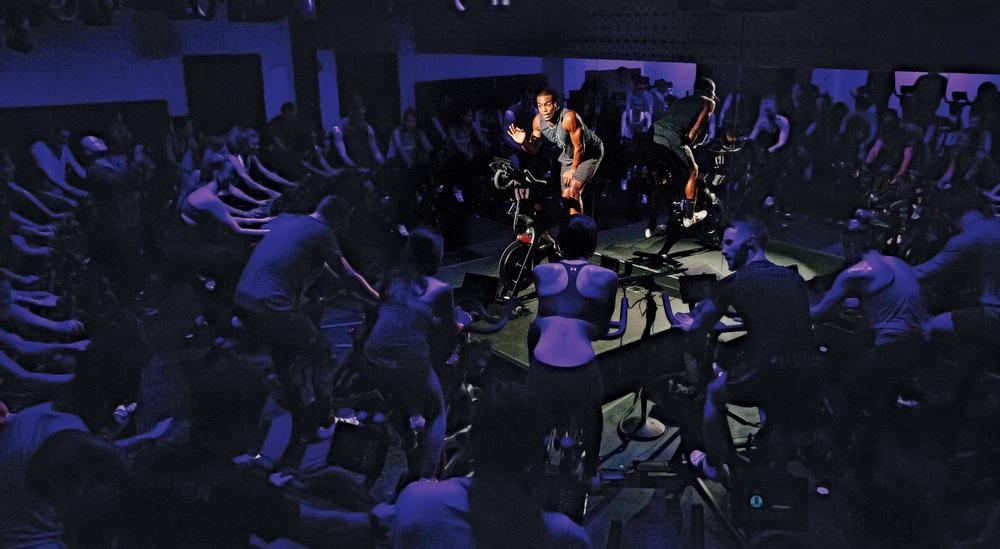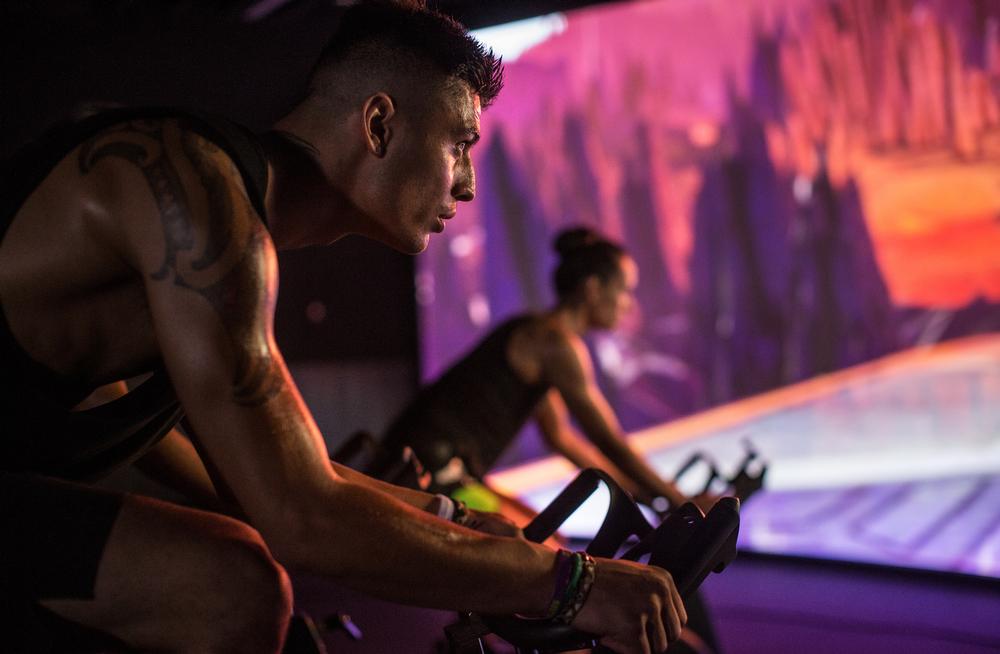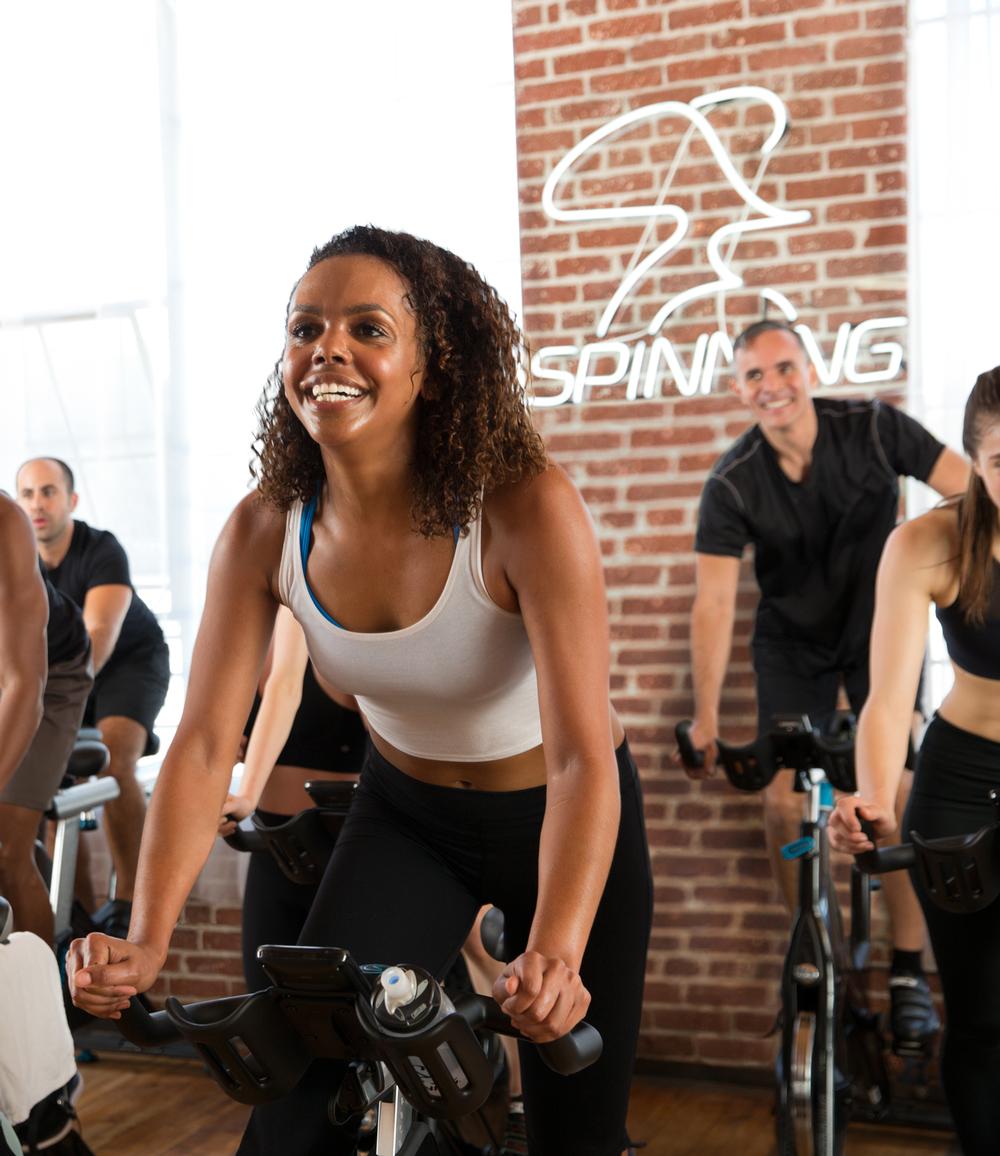Since ultra-distance cyclist ‘Johnny G’ Goldberg first introduced Spinning® in the mid-80s, indoor cycling has come a long way and is now innovating at an astonishing rate.
Both indoor and outdoor cycling has grown exponentially over the past few years. Indoor cycling topped ukactive and the DataHub’s Moving Communities Active Leisure Trends Report as the most popular group workout across three financial years, from 2016-2018. Last year, it represented 12 per cent of all class attendances and the number of sessions increased by 8 per cent to almost 370,000.
But how can operators keep loyal fans coming back for more, while also getting new bums on seats? “Currently, most clubs’ cycle offerings are only servicing 7 per cent of their membership,” says Chris Phillips, sales director at 4global’s the DataHub. “A one-size-fits-all solution isn’t the answer for indoor cycling; operators must segment their offering to be successful. Attraction, retention and referral rates will be much higher if the timetable reflects the range of people who could benefit from indoor cycling.”
The DataHub’s Sports League Table allows operators to track and benchmark group cycling participation across all of their sites, as well as understand their ranking against the sector and any changes in performance. “Operators can put age and gender filters in place, to investigate throughput in those parameters against the rest of the country for a set period,” explains Phillips.
“Geo Impacts can then be used to identify which group cycling classes are trending, which demographic groups are most likely to attend those classes and when, to accurately inform marketing campaigns.” These findings can be cross referenced with Experian Mosaic Categorisation, to identify the preferred communication method for existing and potential group cyclists.
Changing the face of cycling
The vast array of classes that fall under the indoor group cycling umbrella have one thing in common – they’re often seen by consumers as ‘hardcore’ exercise. More needs to be done to educate and introduce newcomers and under-confident customers.
One solution could be the new beginners’ workout on the block, US brand Peloton. It launched in the UK last year with a pop-up in London’s Covent Garden (set to reopen in 2020 as a production studio to broadcast live classes across European timezones) and offers at-home, live-streamed or on-demand workouts on its custom bike.
With bikes costing £1,900 and a £39 a month in subscription fees to access its array of 14 daily live and 10,000 on-demand classes, it’s not cheap, but it represents a key opportunity for breaking down barriers, says Peloton’s MD International, Kevin Cornils: “Our classes allow exercisers to take sessions in their own time with no intimidation factor. Peloton brings studio-style group cycling home, so people can access the motivation, power and intensity anytime, anywhere.
“Even though you’re cycling in the privacy of your own home, you’re never alone – the way the million-strong Peloton community motivate each other is truly amazing. While there are similarities to indoor cycling brands, we’re more than a bike, a class or studio.
“Peloton offers a two-week introductory programme, designed for absolute beginners, and delivers a fully engaging experience alongside social connection and community to convert riders into workout addicts.”
In-club, there’s Les Mills’ immersive class experience The Trip, which combines the buzz of group cycling with cinema-quality visuals. “Cycle studios sit empty for 80 per cent of the time in a typical health club, costing up to £140,000 in lost revenue,” says Erin Myers, marketing director, Les Mills UK. “The Trip can transform a studio that’s potentially costing money into a major revenue driver by helping to fill dead studio time.”
What’s more, the company’s research shows using technology to create an immersive fitness experience increases satisfaction and decreases the rate of perceived exertion. In other words, exercisers find immersive cycling easier, even though it isn’t.
Graham Clarke, GM at Dublin’s West Wood Clontarf, which recently installed The Trip, says: “We’re a small club of 3,000 members. In six months studio usage went from 300 per week to 900, which shows the impact an innovative group cycling offer can have in a very short space of time.” Interestingly, Les Mills’ research also shows there is a 12 per cent average increase in live class attendance when clubs also offer virtual at-home workouts.
All in a spin
It’s not all about the new and the virtual. Spinning® remains the world’s number one indoor cycling brand. With almost 11,000 trainers choosing to become certified Spinning instructors and 57 official UK facilities, it still defines the indoor cycling category.
“Spinning instructors are trained to deliver periodised programmes, which is where it really stands out from the other indoor cycle classes, as it offers progression,” says Samantha Taylor, Precor’s UK marketing manager. “Instructors are educated to start members off working in the endurance zone (65-75 per cent of their heart rate) to build aerobic capacity, then over six to eight weeks to include strength zone rides (75-85 per cent HR) and interval zone rides (65-92 per cent HR), adding race day rides at the end of the programme (80-92 per cent HR) for members to test their fitness and make benchmarks for future improvements.
“Sites with Precor Spinner® Chrono bikes and SPINPower® educated instructors can then teach using power zones, offering an even more in-depth workout, ensuring members are always seeing their progression.”








